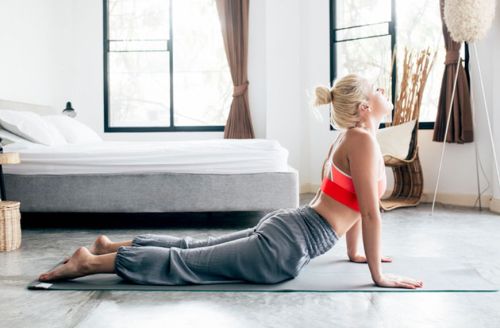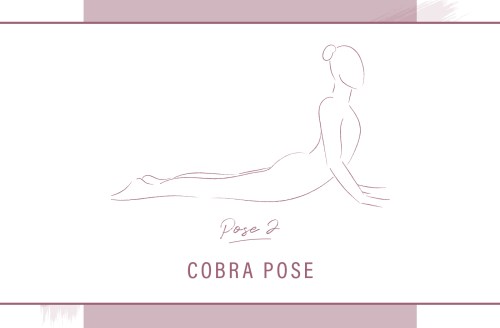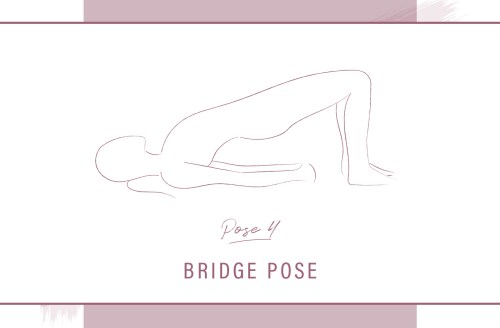4 yoga poses kapha doshas can do to boost energy and stimulate digestion
Yoga teacher and Ayurvedic practitioner Kim Rossi shares four asanas she suggests anyone with a kapha dosha do to boost their energy and stimulate digestion.

Like your zodiac sign and Myers-Briggs personality type, your Ayurvedic constitution (AKA dosha) can tell a lot about your physical and emotional state, as well as your behavior. (All of these are, of course, just tools for self-improvement not absolute truths. But they’re a fun way to explore how you understand yourself and the world around you.) If you’re not sure whether you’re a kapha, pitta, or vata, here’s a handy quiz you can take. And while each of us embodies elements of all three, there’s one predominant dosha for everyone. Learning how to pacify it, i.e. bring it into balance through diet and exercise, will help you express yourself in the healthiest way.
Here, in a three-part series for Well+Good, Kim Rossi, a certified yoga teacher and Ayurvedic practitioner who works as the director of the Shankara Ayurveda Spa at The Art of Living Retreat Center in North Carolina, shares a selection of asanas best suited for each constitution in order to address its most-common needs such as speeding up digestion (kapha), boosting mood (pitta), and reducing anxiety (vatta).
Of the three doshas, kaphas are the most grounded and are thus associated with the elemental sign of Earth. While that tends to make them dependable, calm, and emotionally stable (all good things, IMO, *cough, kapha speaking here*), it also means that when this Ayurvedic constitution becomes imbalanced, you can feel sluggish—and so can your G.I. tract. To keep both you and your gut healthy, Rossi says “kaphas should practice in an energetic way and put in a level of effort–more than you think kapha friend—is needed to balance [your] dosha.”
“Kaphas benefit from holding postures for shorter periods, eliminating long rests in-between, putting in all your effort, and moving from one posture to the next.”
When it comes to your yoga practice, her best advice is to keep it moving. “Kaphas benefit from holding postures for shorter periods, eliminating long rests in-between, putting in all your effort, and moving from one posture to the next,” she explains. “Before you start your practice, sit on your heels and begin with a stimulating breath called kapalbhati, the skull shining breath.”
This type of breathwork can help with weight management and digestion, according to Rossi. “Inhale deeply through your nose and exhale forcibly through your nose, pulling your belly button in,” she says. “Inhale [and] let the belly expand and blow out from your nose, as if you were sniffing out a candle flame. Eventually you’ll find a rhythm [where] there’s less emphasis on the inhale and more on the exhale. The inhale will just start to happen. Practice 25 breaths, three sets, increasing your amount of breaths with time.”
Once you’ve finished, try practicing the 4 yoga poses Rossi recommends below.

1. Vrksasana AKA tree pose
Stand with your feet hip-width apart and shift your weight into your right foot. Firmly connect that foot to the floor and hug all the muscles in that leg to the bones solid like a tree trunk. Slide the left foot up, just below the right knee, and gently press the left knee back, as if you were trying to touch the wall behind you. Look down at the floor about four feet in front of you and inhale the arms straight overhead. Hold with long, slow, and deep breaths. Hold for one minute, then gently release, stand with both feet on the floor, and change sides. Repeat one additional time on both legs.

2. Bhujangasana AKA cobra pose
Come onto your belly and place your palms down under your shoulders. Extend legs behind you with feet together, tops glued to the floor. Without using the strength in your arms, lift your chest off the floor. If you had to, you could lift your hands off the ground, and your body wouldn’t move. Pelvis stays on the floor in this variation. Look up and breathe. Hold two minutes. Repeat one additional time.

3. Navasana AKA boat pose
Sit on your butt with legs bent. Hold the back of your knees with your hands, lean back slightly to balance on the sitz bones, i.e. the pointy nubs in the middle of your cheeks. Balance here and gently lift the arms out to the sides in line with your knees. Be sure to keep the spine straight and chest lifted. Next, try to lift the toes as high as the eyes without changing your posture. Breathe long, slow, and deep breaths. Hold two minutes, and repeat one more time.

4. Setu bhandasana AKA bridge pose
Lie on your back with knees bent hip-width apart. Press your feet into the floor firmly. Arms down by your side, inhale and lift your butt as high as you can off the floor, pelvis tucked. Keeping your head on the floor, look at your belly rise and fall with your long, slow, deep breaths. Hold for three minutes. Release and relax on your back for five minutes.
Before you try these poses, read this PSA on yoga butt. (Yep, you read that right.) And check out these new gym bags that are designed to help you schlep your mat in style.
Sign Up for Our Daily Newsletter
Get all the latest in wellness, trends, food, fitness, beauty, and more delivered right to your inbox.
Got it, you've been added to our email list.










